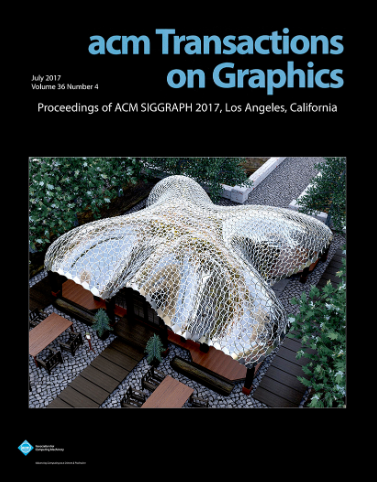Learned Multi-aperture Color-coded Optics for Snapshot Hyperspectral Imaging
IF 9.5
1区 计算机科学
Q1 COMPUTER SCIENCE, SOFTWARE ENGINEERING
引用次数: 0
Abstract
Learned optics, which incorporate lightweight diffractive optics, coded-aperture modulation, and specialized image-processing neural networks, have recently garnered attention in the field of snapshot hyperspectral imaging (HSI). While conventional methods typically rely on a single lens element paired with an off-the-shelf color sensor, these setups, despite their widespread availability, present inherent limitations. First, the Bayer sensor's spectral response curves are not optimized for HSI applications, limiting spectral fidelity of the reconstruction. Second, single lens designs rely on a single diffractive optical element (DOE) to simultaneously encode spectral information and maintain spatial resolution across all wavelengths, which constrains spectral encoding capabilities. This work investigates a multi-channel lens array combined with aperture-wise color filters, all co-optimized alongside an image reconstruction network. This configuration enables independent spatial encoding and spectral response for each channel, improving optical encoding across both spatial and spectral dimensions. Specifically, we validate that the method achieves over a 5dB improvement in PSNR for spectral reconstruction compared to existing single-diffractive lens and coded-aperture techniques. Experimental validation further confirmed that the method is capable of recovering up to 31 spectral bands within the 429--700 nm range in diverse indoor and outdoor environments.用于快照高光谱成像的学习型多光圈彩色编码光学器件
学习型光学器件结合了轻型衍射光学器件、编码光圈调制和专门的图像处理神经网络,最近在快照高光谱成像(HSI)领域备受关注。虽然传统方法通常依赖于单透镜元件与现成的彩色传感器配对,但这些设置尽管普遍可用,却存在固有的局限性。首先,拜耳传感器的光谱响应曲线没有针对 HSI 应用进行优化,从而限制了重建的光谱保真度。其次,单透镜设计依赖于单个衍射光学元件(DOE)来同时编码光谱信息并保持所有波长的空间分辨率,这限制了光谱编码能力。这项工作研究的是一种多通道透镜阵列,该阵列与孔径彩色滤光片相结合,所有这些都与图像重建网络共同优化。这种配置实现了每个通道独立的空间编码和光谱响应,改进了空间和光谱两个维度的光学编码。具体来说,我们验证了与现有的单衍射透镜和编码光圈技术相比,该方法在光谱重建方面的 PSNR 提高了 5 分贝以上。实验验证进一步证实,该方法能够在不同的室内和室外环境中恢复 429-700 nm 范围内的多达 31 个光谱带。
本文章由计算机程序翻译,如有差异,请以英文原文为准。
求助全文
约1分钟内获得全文
求助全文
来源期刊

ACM Transactions on Graphics
工程技术-计算机:软件工程
CiteScore
14.30
自引率
25.80%
发文量
193
审稿时长
12 months
期刊介绍:
ACM Transactions on Graphics (TOG) is a peer-reviewed scientific journal that aims to disseminate the latest findings of note in the field of computer graphics. It has been published since 1982 by the Association for Computing Machinery. Starting in 2003, all papers accepted for presentation at the annual SIGGRAPH conference are printed in a special summer issue of the journal.
 求助内容:
求助内容: 应助结果提醒方式:
应助结果提醒方式:


